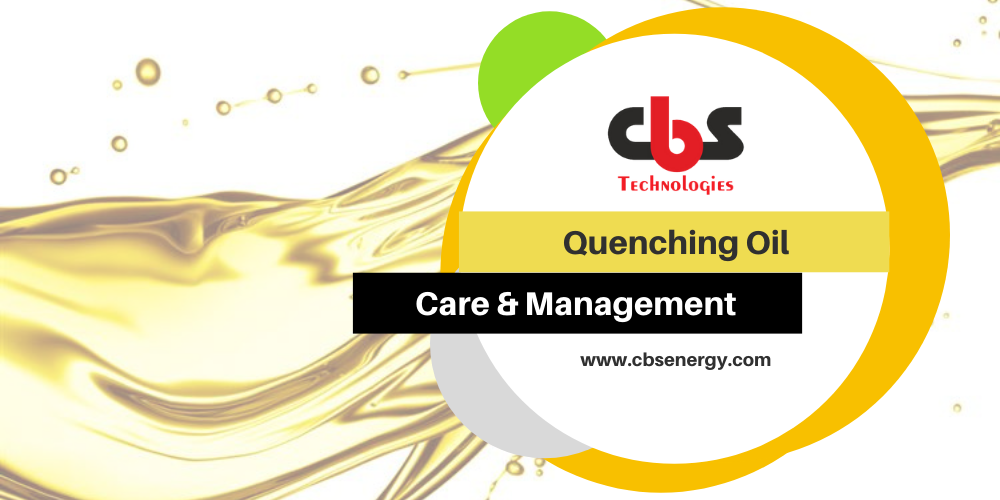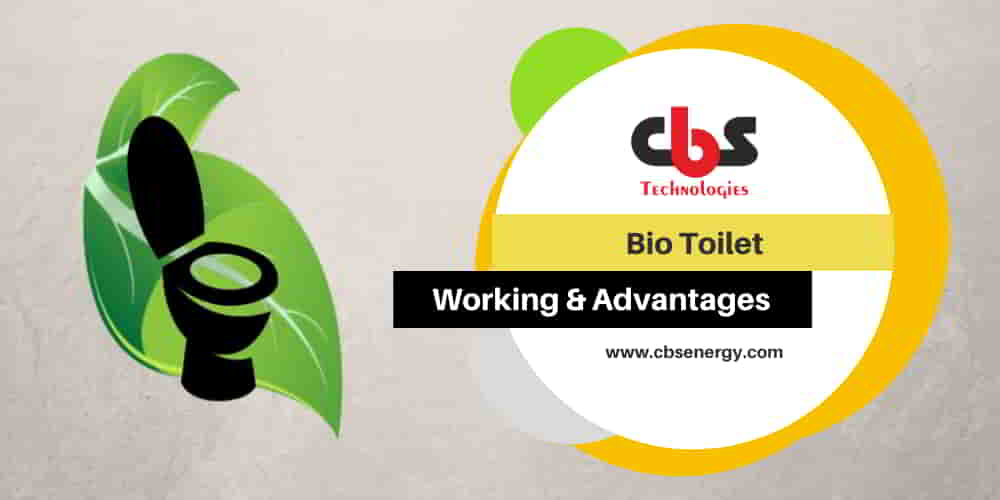Best PSA Nitrogen Generation Plant in Greater Noida | CBS
PSA Nitrogen Generation Plant – How It Works Have you ever wondered how a PSA Nitrogen Generation Plant works? If so, you’re not alone! This technology has been used for decades to produce nitrogen gas from the air we breathe. In this blog post, we’ll take a closer look at the step-by-step process of how a PSA Nitrogen Generation Plant operates and how it can benefit your business. We’ll also look at some of the advantages of using a PSA Nitrogen Generation Plant and how it can help you cut costs. So, let’s get started and learn about PSA Nitrogen Generation Plants! What is PSA in Nitrogen Plant ? PSA, or Pressure Swing Adsorption, is a technology used by CBS Energy to generate nitrogen gas. In a PSA Nitrogen Plant, two adsorbent vessels are used in a cycle. One vessel is under high pressure and absorbs oxygen molecules from the atmosphere while the other vessel is depressurized and releases nitrogen molecules. This cycle is repeated to produce nitrogen gas with high purity. CBS Energy also provides a range of PSA oxygen plants that use the same technology to generate oxygen. https://www.youtube.com/watch?v=_2imkb1RBus What is Difference between PSA and VPSA Oxygen plant ? The main difference between PSA (Pressure Swing Adsorption) and VPSA (Vacuum Pressure Swing Adsorption) oxygen plants is the pressure at which the gas is separated from the air. PSA works at atmospheric pressure, while VPSA operates under a vacuum. In a PSA oxygen plant, the air is compressed by a compressor and then passed through zeolite beds. Zeolite is an absorbent material that traps nitrogen molecules due to its micro-porous structure. The oxygen molecules are then left to pass through, creating a stream of high-purity oxygen. On the other hand, in a VPSA oxygen plant, the air is subjected to a vacuum and then passed through two or more zeolite towers. Nitrogen is drawn out of the air and compressed, while oxygen is allowed to pass through the towers. This process requires less energy, compared to the PSA oxygen plant. The quality of the oxygen produced by both PSA and VPSA plants is identical, and both are used in many industries including medicine, steel making, and food production. The cost of a VPSA plant is generally higher than a PSA plant due to its increased complexity. At CBSEnergy, we provide customized solutions based on your specific needs to ensure you get the best outcome from your nitrogen and oxygen generator. What is application of PSA Nitrogen Oxygen plant ? PSA Nitrogen Generation plant technology is widely used in many industries due to its cost-effectiveness and high efficiency. It is used in industrial, medical, and scientific applications, such as supplying oxygen to hospitals and laboratories. PSA plants are also used to produce nitrogen for food packaging, medical treatment, and various other industries. In addition, it is commonly used in automotive industries for the purification of exhaust gases. Moreover, PSA plant technology is used for air separation and to recover valuable products from natural gas, such as hydrogen and carbon dioxide. At CBS Energy, we offer a wide range of PSA Nitrogen Generation plant solutions for industrial applications such as air separation, production of oxygen, nitrogen, carbon dioxide, argon and hydrogen, oil and gas refining, food packaging, and medical treatments. Our experts will design a PSA plant tailored to your exact requirements, providing the best quality product at the most competitive price. We are committed to delivering innovative solutions with exceptional customer service, ensuring your business runs efficiently. What is Advantage of PSA Nitrogen Plant ? One of the major advantages of using a PSA Nitrogen plant is the cost savings it can offer. With its modular design, users have the flexibility to choose from a wide variety of options that are suited to their specific requirements. A PSA nitrogen plant from CBS Energy can also be used for onsite oxygen production, eliminating the need for costly transportation and storage of oxygen. Additionally, with their advanced technology, these plants are highly energy efficient, helping to reduce carbon emissions. Furthermore, PSA plants offer a higher purity of nitrogen gas compared to traditional methods and are more reliable and easier to maintain. With all these advantages, it’s no wonder that PSA nitrogen plants are gaining popularity across the world. For those who want to know how this process works, here’s an overview of the steps involved in generating pure nitrogen. What is PSA in Instrumentation ? PSA stands for Pressure Swing Adsorption, a technology that is used to create clean, pure gases from an impure source. This technology is commonly used in instrumentation and industrial processes. Pressure swing adsorption (PSA) works by using specialized filters and adsorbent material that separate the impure gas from the pure gas through absorption. The pressure swings between high and low allow for the adsorption of the impure components while the pure gas passes through. The PSA process is an efficient way to create clean gas on demand. It requires minimal energy usage and has no emissions, making it an ideal choice for environmentally conscious businesses. CBS Energy provides comprehensive PSA solutions with reliable, high-quality nitrogen generators and oxygen generators that are designed to meet the most stringent requirements. With over 20 years of experience in PSA technology, CBS Energy can provide customized solutions for your instrumentation needs. What is Inside of PSA Tower ? A Pressure Swing Adsorption (PSA) tower is a key component of any PSA system, and it is responsible for providing the required pressure for adsorption to take place. Inside a PSA tower are two or more columns filled with a desiccant material, such as zeolite or carbon molecular sieve. As air passes through the tower, the desiccant material absorbs molecules of oxygen and nitrogen, leaving behind a stream of 99.99% pure nitrogen gas. CBS Energy offers a range of PSA towers that can be customized to your specific needs. Our towers are designed to provide high performance in order to deliver the
Best PSA Nitrogen Generation Plant in Greater Noida | CBS Read More »








